🥳 My Book "THE MINDFUL KITCHEN MAP"
is out!! 📖
🥳 My Book "THE MINDFUL KITCHEN MAP" is out!! 📖

You Are the Creator
RECLAIM your power
through craft
the mensch path:
↓ BEGIN with Step 1 or jump in anywhere ↓
📖 my Book Is Out
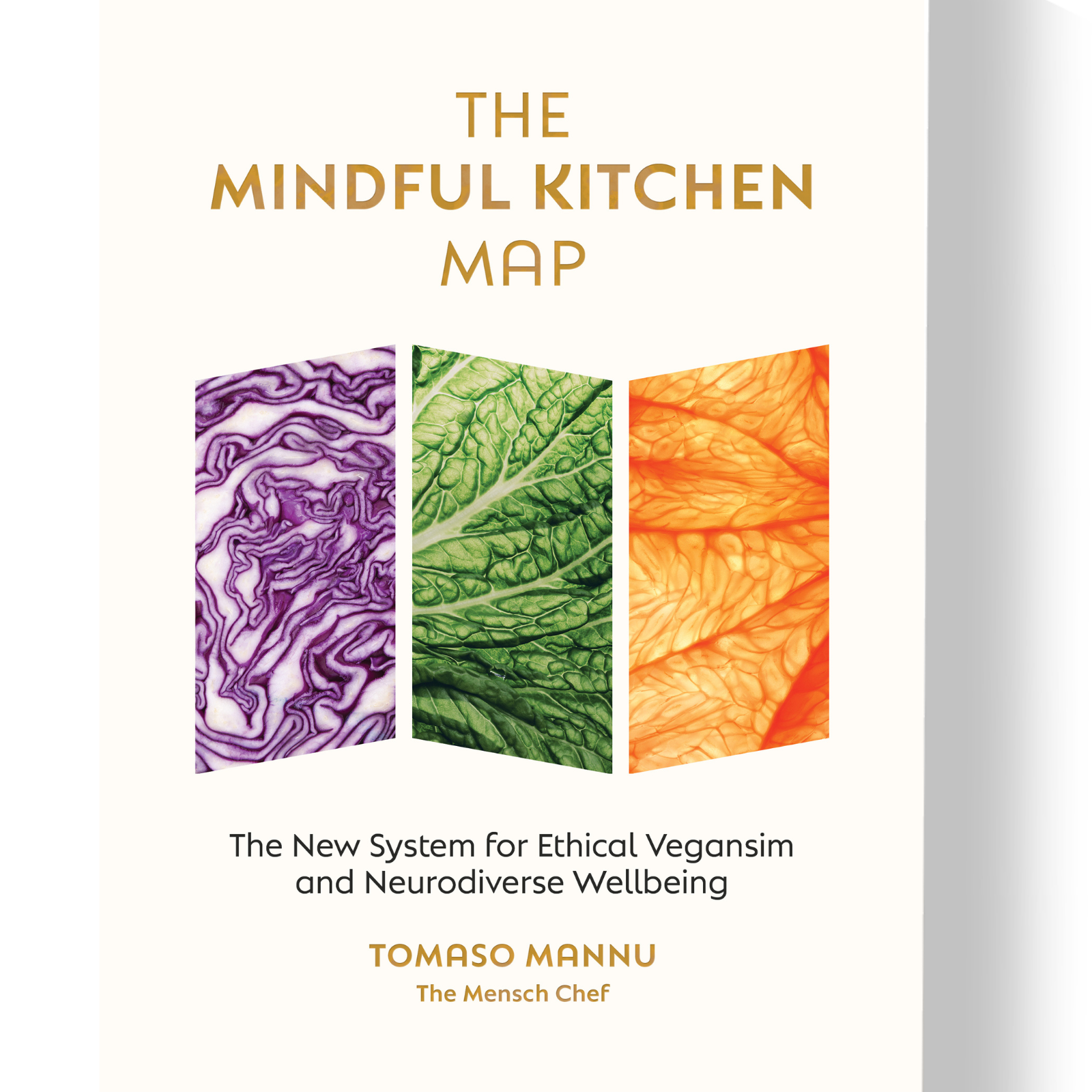
Your blueprint for:
✓ Taking back food ownership
✓ Avoiding waste + UPFs
✓ Building sustainable systems
✓ Creating kitchen empowerment
Available on Amazon and all major bookstores too!!
RECIPES AT YOU FINGERTIPS
📱 with The app & community!
The MENSCH CLUB
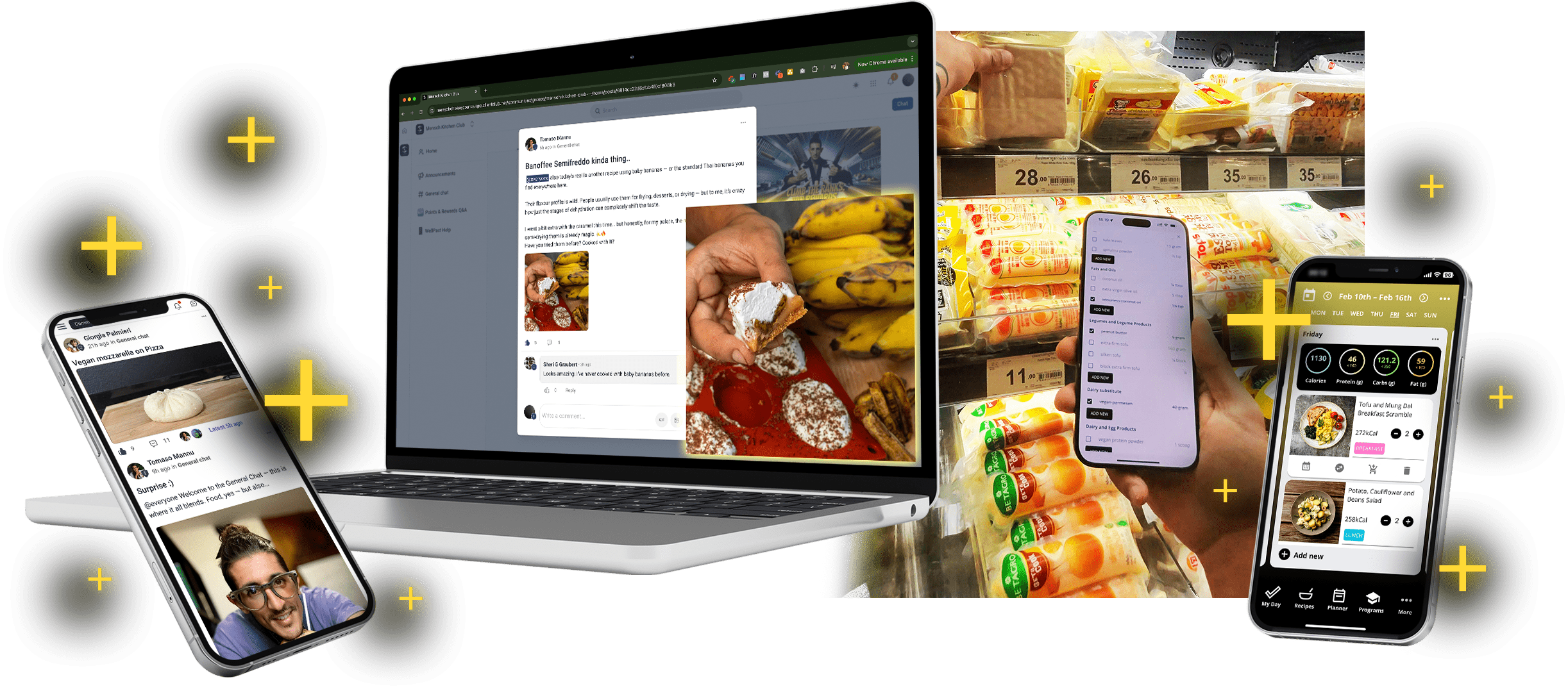
6.5k + members and Growing!
✓ New Recipes Every Week!
✓ + The 4-week meal plan
✓ +20% off The Mindful Kitchen Map
✓ +20% off The Cheeze Course
for less than a coffe a month!
🧀 the Mensch Cheeze Course
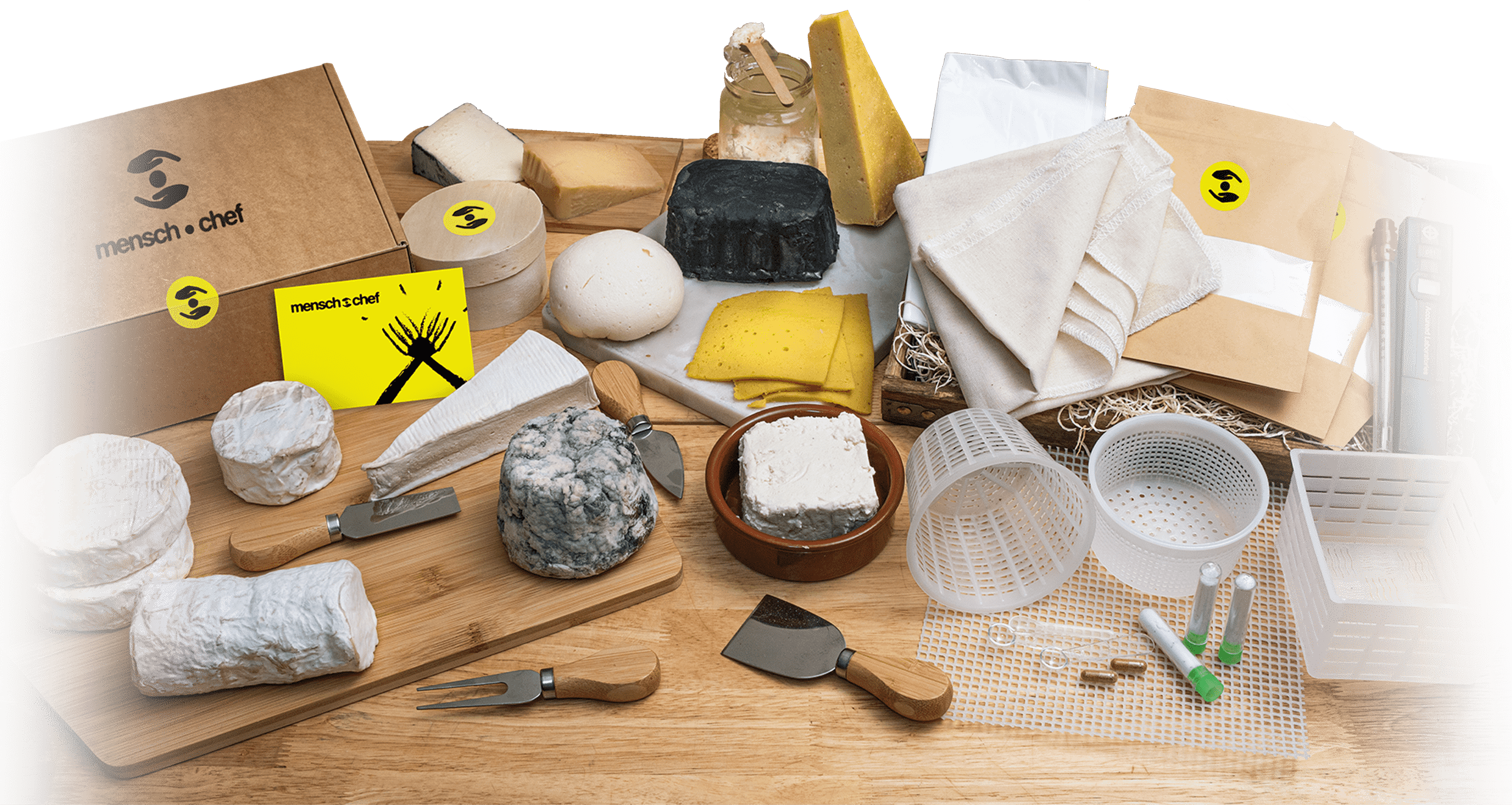
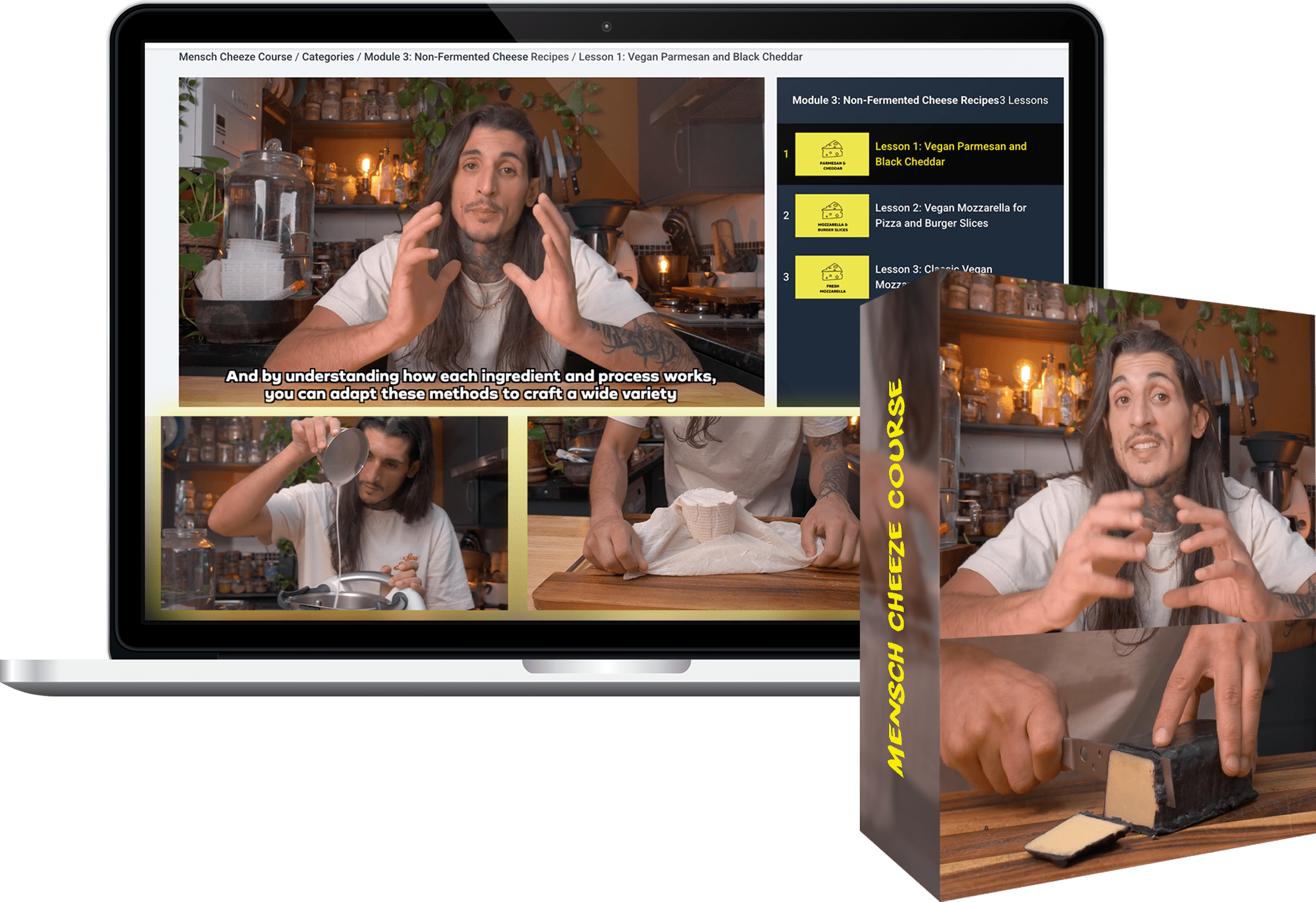
Master plant-based cheese at home with my step-by-step course.
✓ Professional cheese kit Available
✓ Perfect results guaranteed
Includes worldwide shipping - rates apply
🗓️ 4 weeks Meal plan
STOP WASTING TIME DECIDING WHAT TO COOK
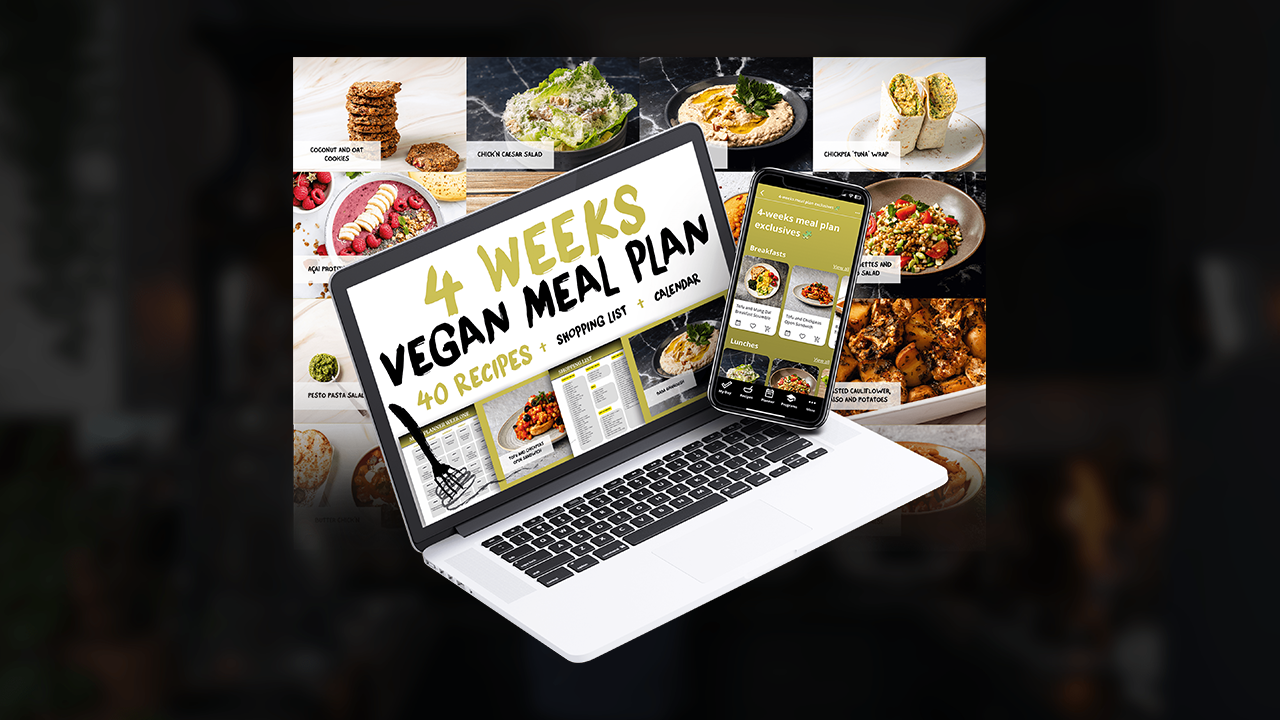
Your complete starter system:
✓ Daily + weekly meal plans
✓ Ready-made shopping lists
✓ Structured for beginners
End dinner decision fatigue forever
📱 learn how to make an Income being your
professional self
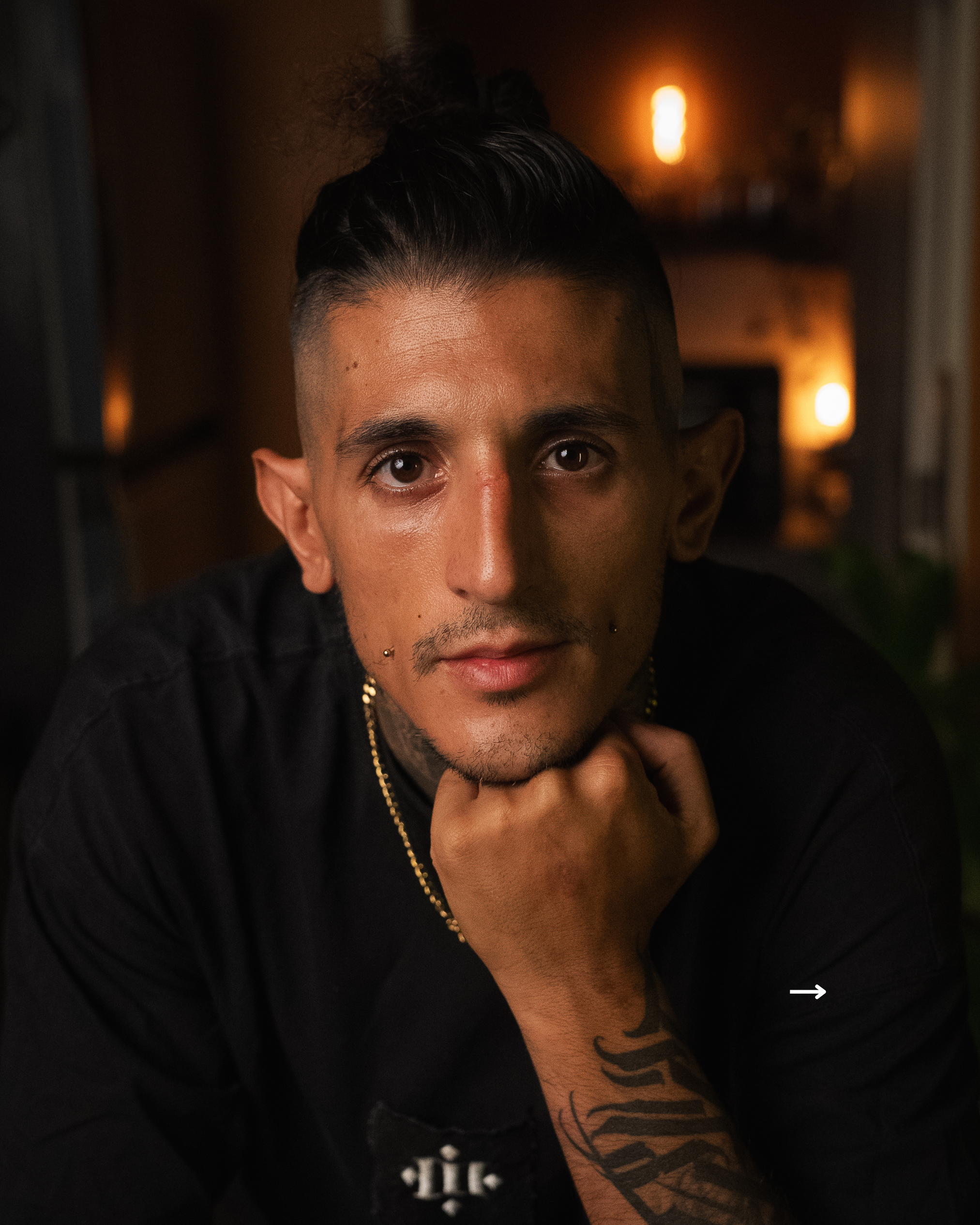
Turn your craft into income
9 weeks programs -
what you get:
✓ Clear messaging system
✓ Simple tech setup
✓ Confident online presence
✓ Aligned income strategy
Currently live - register for next cohort
1 million of you
follow mensch.chef on the Internet
7K+ in THE club
mastering creations around the world
1'000+ Students
turning crafts into action
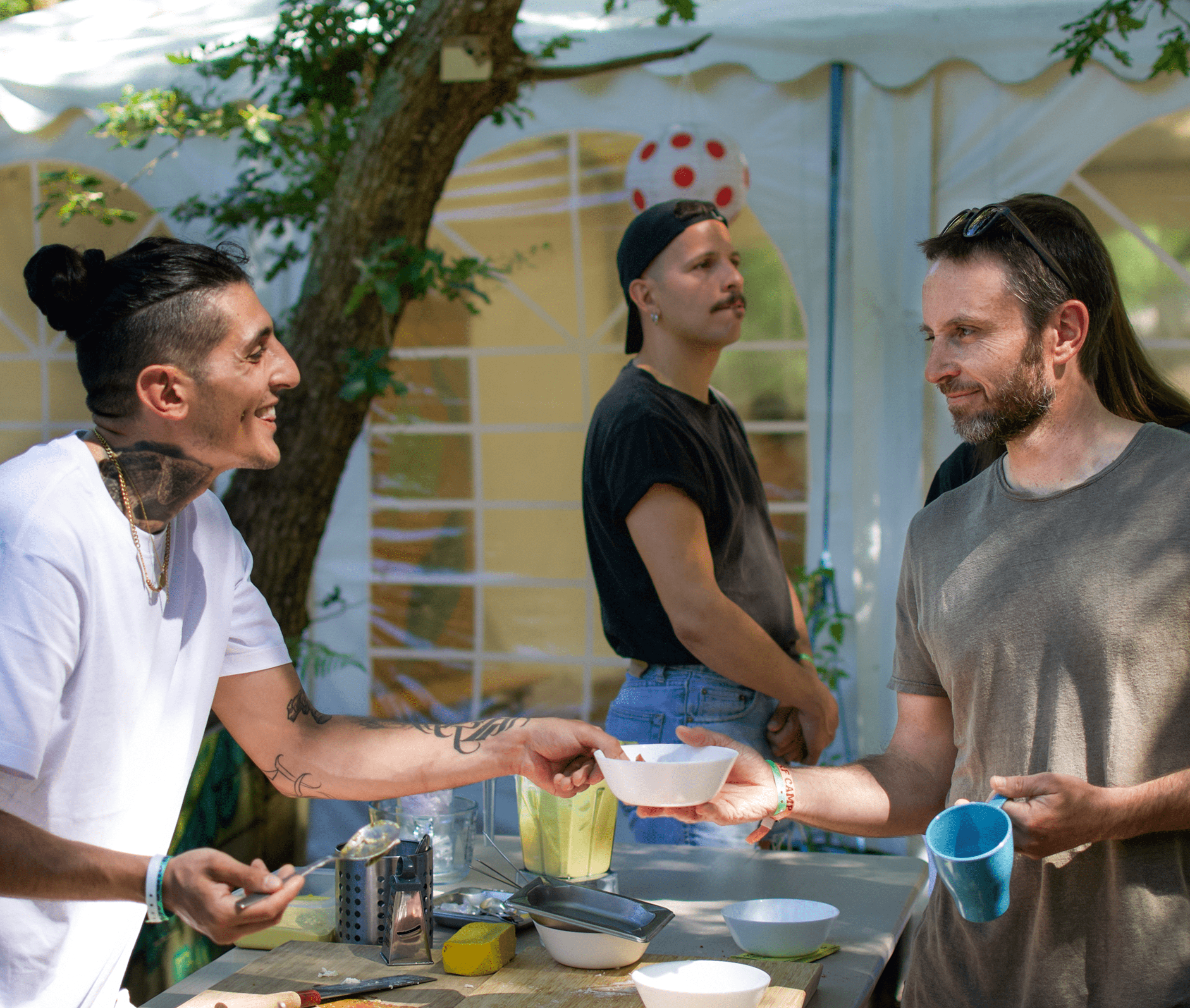
I'm tomaso
Your Guide to Creative Sovereignty
Most people scroll through other people's dreams while their own talents rot.
I chose different.
Food is my first medium. When you take control of what nourishes you, you awaken the creator within. You get instant feedback - just like exercise, but results are quicker.
17 years across Italy, Spain, UK, and Thailand. Restaurant concepts, natural medicine, Ayurveda. I turned my crafts into a sustainable business and built a following of nearly a million people in less than 3 years.
Here's the truth they don't teach you: Any craft can become your freedom machine.
Food, photography, writing, woodworking - doesn't matter. What matters is you stop making excuses and start making reality.
I proved it works. And you can do it too.
My mission: empower you to leverage whatever craft calls to you- starting with my food systems or using your existing expertise into the life you actually want.
No more watching from the sidelines. No more "someday."
The system wants you scrolling. I'll teach you to create.

Mensch Chef Limited 2025 | Privacy Policy
© All Rights Reserved